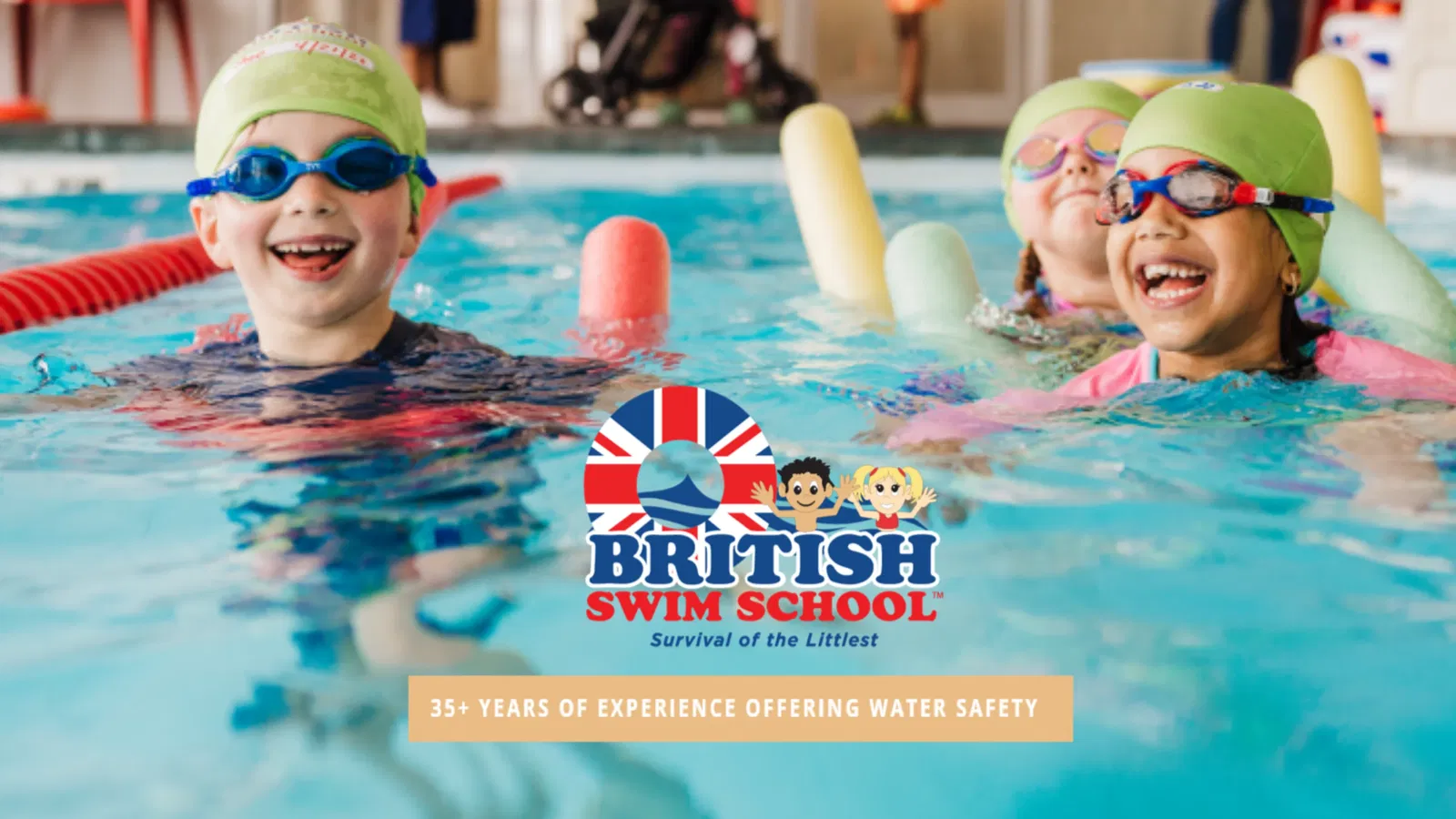In the search for legal residence in the United States, the E-2 visa emerges as an attractive route for international entrepreneurs. This visa allows investors from treaty countries to operate business in the United States. However, the choice between an active and a passive business can be decisive not only for business profitability, but also for obtaining immigration status. This is because a passive investment involves less or no direct participation by the investor, so it does not meet the requirements of the E-2 visa.
Precisely, because the E-2 visa requires the investor to play an active role in the management and operation of the business in which he invests, in this article we share semi-passive investment alternatives. These types of investments are ideal for people looking for a balance between participation and passivity. In addition, we show you how Interlink FBC can accompany you on this path. Move forward!
Active vs. Investing Semi-passive investments:
Active investments:
This business model, represented by the “owner-operator”, is one that requires your constant and direct participation. As an operating owner, you are the engine of the business; Your absence can mean paralysis of operations. The initial investment is usually lower, but the time commitment is considerable.
Semi-passive investments:
Semi-passive businesses require a higher initial investment and are characterized by less direct participation. Although they are associated with a slower return on investment (ROI), they allow for greater time freedom because the business is not completely dependent on you and they usually have a team of employees and a manager for the day-to-day operation. With 30 hours or more per week dedicated to the business, this model allows for meaningful involvement without the weight of day-to-day operation.
Two franchises that meet this criteria are British Swim School and Snapology, and their numbers give us a good indication of this business model.
British Swim School Franchise

The British Swim School franchise has nearly four decades of experience and a consolidated presence of more than 196 franchise units in the United States.
To access this leading franchise in swimming education, an average investment of $109,960 to $145,010 dollars is required. And of course, what makes British Swim School particularly attractive is its innovative semi-passive business model.
Snapology Franchise

Meanwhile, Snapology is an innovative education franchise that found a successful formula by combining learning with play. Since its founding in 2015, it has grown to 81 units with expansion plans to open 30 more.
With an investment ranging from $73,650 to $103,600, which includes a $40,000 franchise fee and 7% royalties, Snapology is also a semi-passive model that offers comprehensive support and tools to thrive in education.
*Data as of the date of publication of this article
*Values expressed in US dollars
These two examples reflect how semi-passive franchises allow investors to enter stable, growing sectors with a manageable time commitment, meeting the business activity requirements of the E-2 visa while providing the flexibility desired by many entrepreneurs.
Choosing the Business Model for E-2 Visa
At this point, it is important to emphasize that the E-2 visa is not simply permission to live in the United States, but is designed for individuals who are going to play an active role in the operation of a business. To meet USCIS requirements, the E-2 visa holder must demonstrate a substantial investment in a genuine U.S. enterprise and actively participate in it. However, active participation does not necessarily mean day-to-day management, but the ability to develop and direct the company.

Being actively involved is reflected in strategic decision-making and day-to-day oversight, demonstrating that the investor is committed to the profitability and growth of the business. In the case of the business models discussed above, an active or executive business where the investor maintains a significant and practical role would make more sense to immigration authorities when considering the granting or renewal of the E-2 visa.
On the contrary, if the business does not operate or if the investor does not actively participate in its management, it can be understood that the conditions for which the visa was granted are not being met, which may result in the non-renewal or even the revocation of the visa. Therefore, it is imperative that investors understand and commit to the operational and administrative responsibilities of their investment in the United States. Now, there are those who are looking to invest in a business to obtain the E-2 visa, and they intend to do minimal management, and that’s fine. For those who seek to participate in the management of the business while enjoying some freedoms or less burden, there are semi-passive investments.
Active and semi-passive investments to migrate
If you are wondering how to choose between active and semi-passive investments to emigrate, the truth is not so complex and depends, on the one hand, on your personal expectations, and on the other hand on the investment capital you have.
If you’re willing to be fully involved in day-to-day operations and have the ability to manage the business directly, an active business model such as owner operator may be right for you. This model tends to be attractive to USCIS because it clearly shows your central role in the company.
On the other hand, if you prefer strategic involvement and overseeing the business rather than running it on a day-to-day basis, an executive model may be a better option. Although this model requires a more significant initial investment, it also demonstrates a substantial financial commitment and job creation, both key points for the E-2 visa.
Interlink FBC can advise you on how to align your investment with the requirements of the E-2 visa, ensuring that you maintain the necessary active participation without sacrificing the possibility of having more free time and flexibility.
By considering your profile, skills, and goals, we tailor our services to maximize your opportunities in the U.S. business and immigration environment. Contact us to start your process.





